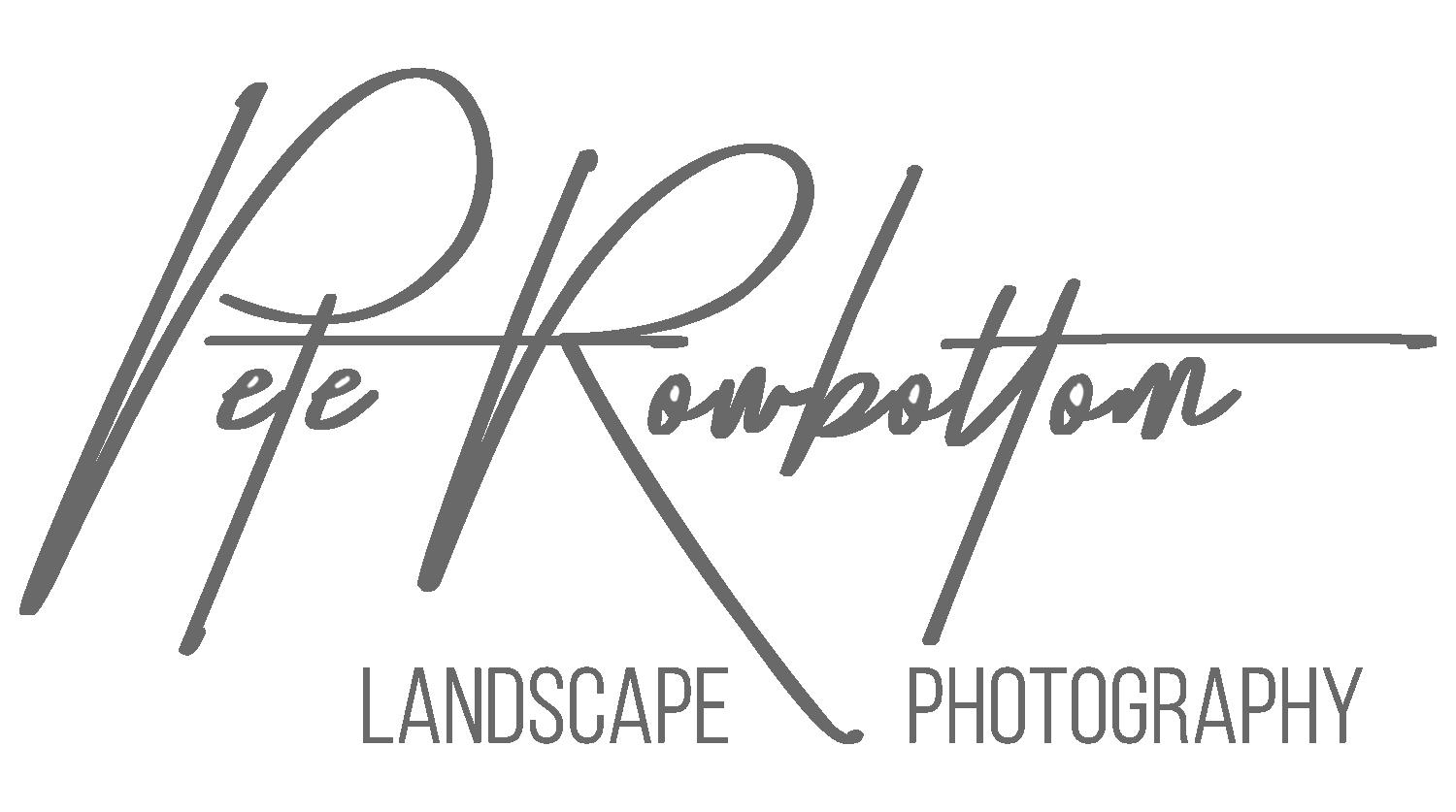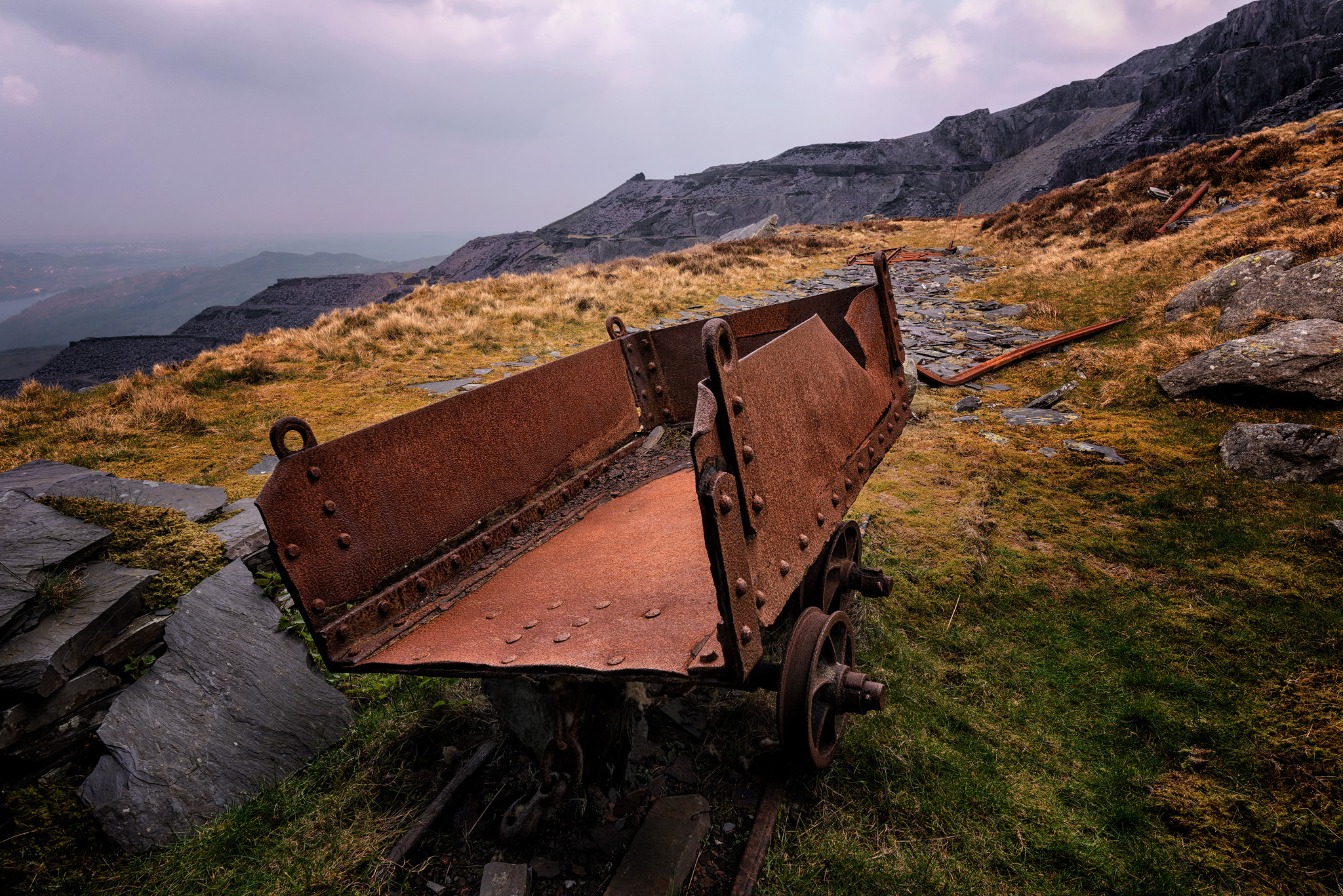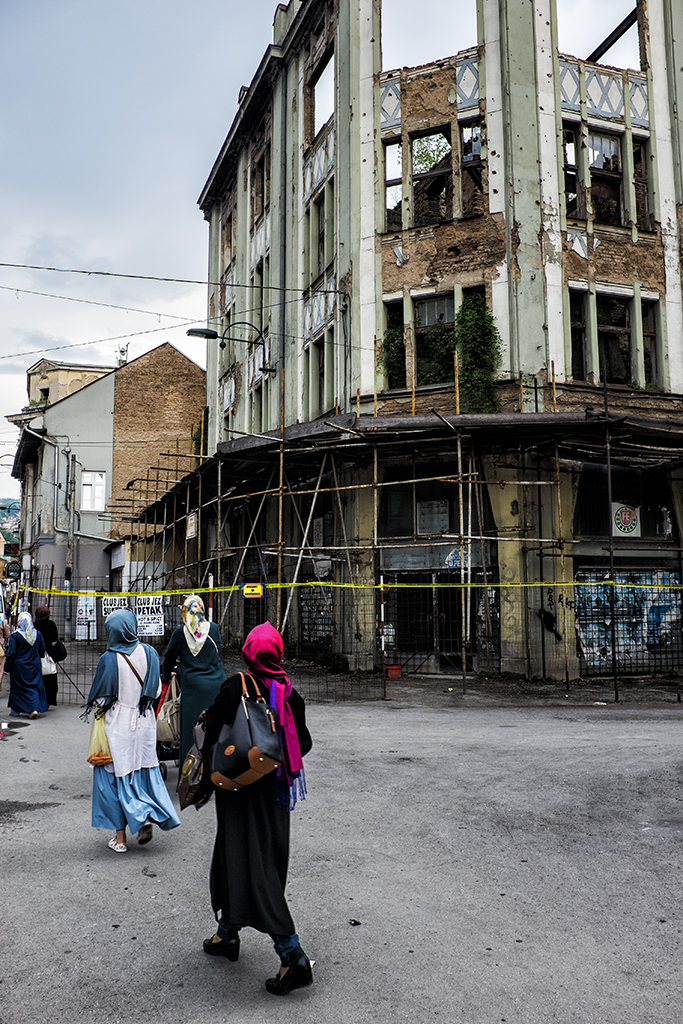In 2015 myself and a mate of mine traveled to Slovenia to watch England play Slovenia in an international football match (well he did, I was there for the travel mainly), to make things more interesting we flew to Split in Croatia, and from there made our way into Bosnia, before heading from there to Zagreb and across to Ljubljana. Part of the trip was one place I was really looking forward to visiting, Sarajevo. A city that has seen so much bloodshed, destruction, and unbelievable atrocity as recently as 1996, when the siege finally ended.
Sarajevo is a great city, steeped in history and a real mix of cultures, making for a great visit. While we were there we learned that the sites of the 1984 Winter Olympics were still in place and had been left abandoned on Trebević mountain overlooking the city, this for me was something that really flicked my switch and simply had to go and see before we left, so the next day we set off to try and get there.
Numerous taxi’s point blank refused to take us there, we didn’t know why… eventually we found one guy who agreed and we set off, half way up into the mountains he stopped and removed the ‘taxi’ sign off the roof, saying “no taxis here” or words to that effect, he eventually dropped us off in a small empty car park, overlooked by what appeared to be a completely burnt out hotel complex, we paid him, and before he made his rather swift exit, he pointed us toward a small road heading into the forest.
The weather was great, we were high up in the mountains in the middle of nowhere, and there wasn’t another soul around, as we walked down the track signs started to appear on trees, we couldn’t read any of them, they appeared to be warnings and we just presumed they were to do with forest fires… shortly afterwards we saw the Olympic rings painted onto the road and looking up we could see the first curve of the abandoned bobsleigh track above us.


































